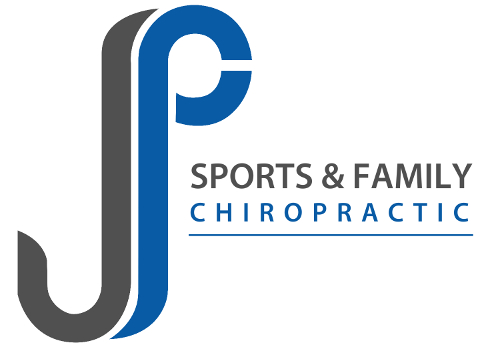![]() 631-598-7034
631-598-7034![]() Schedule Online
Schedule Online
Newsletter Sign Up
Want to keep up to date with all our latest news and information? Enter your email below to be added to our mailing list.
Musculoskeletal Healing
The Inflammatory Response
While there is a tendency to consider the inflammatory response as a reaction that is harmful to the body, a more balanced view is that it’s actually a protective and restorative response wherein the body attempts to repair itself following an injury.
The biochemistry of inflammation that produces these manifestations is induced and regulated by a large number of chemical mediators, including eicosanoids, cytokines, kinins, complement proteins, histamine, and monokines. Various forms of anti-inflammatory therapy involve regulating the production of some of these chemical mediators.
Eicosanoids
Eicosanoids are produced from omega-6 and omega-3 polyunsaturated fatty acids, the major fatty acid released in response to tissue injury and contributes greatly to the inflammatory process. Eicosanoids produced from alpha-linolenic acid, prostaglandins of the 3-series and leukotrienes of the 5-series,have anti-inflammatory properties.
The actions of both omega-6 and omega-3-derived eicosanoids are necessary to maintain balance and homeostasis during inflammatory response. It is thought that problems may arise when one type of EFA predominates over the other, leading to an imbalance in eicosanoids production toward those that are pro-inflammatory.
The dietary ration of omega-6 to omega-3 fatty acids in the United States has been estimated to range between 20-25:1. A more healthful ration may be closer to 5-10:1.
Nutrients for Modulating the
Inflammatory Response
Natural substances including fatty acids, various herbs, bioflavonoids, and proteolytic enzymes have been shown to possess substantial anti-inflammatory and pain-relieving properties.
Essential Fatty Acids
Gamma-linolenic acid (GLA) found in hemp, borage, black currant, and evening primrose oils belongs to the omega-6 family, but has an almost identical chemical structure to alpha-linolenic acid (omega-3) and is therefore beneficial for many of the same purposes.
Numerous research articles and clinical studies have demonstrated the efficacy of omega-3 fatty acids and GLA as anti-inflammatory agents. Their dual ability to suppress the production of pro-inflammatory eicosanoids while enhancing the production of anti-inflammatory eicosanoids is uniquely beneficial. Research also indicated that enhancement of omega-3 status improves pain tolerance.
Herbs
Bioflavonoids, a broad class of phytochemicals found largely in citrus fruits, tea, and wine—may confer pain and reduce inflammation, also by inhibiting cyclooxygenase, lipoxygenase, and phospholipase.
*Ginger & Turmeric
Numerous animal and in vitro studies have demonstrated significant anti-inflammatory and antioxidant activities for both ginger and turmeric. These studies suggest that both herbs may block cyclooxygenase and lipoxygenase activity, thereby inhibiting inflammatory prostaglandin and leukotriene release.
Contact
217 Merrick Rd.
Suite 204
Amityville, NY 11701
Phone: (631) 598-7034
Fax: (631) 598-7479
Email: drjpop@gmail.com
Home About Media Wellness Schedule Appointment Contact Patient Center 2016 U.S Open 15th Annual Tunnel To Towers
Copyright©2016 All Rights Reserved.





